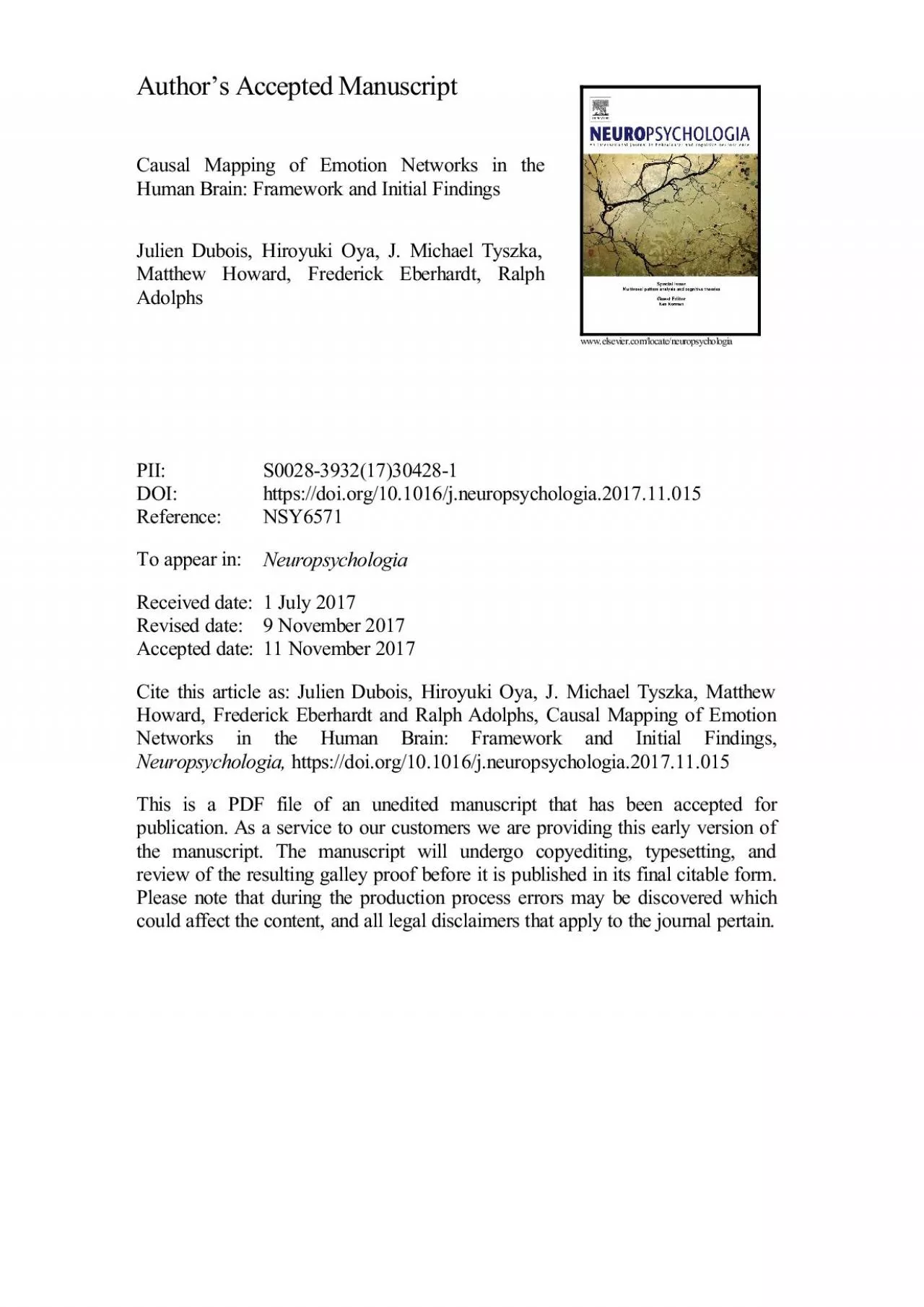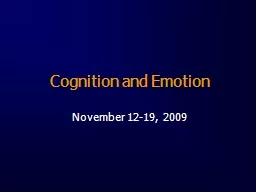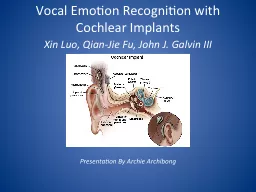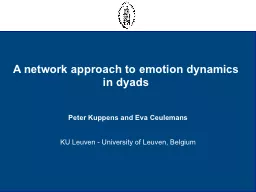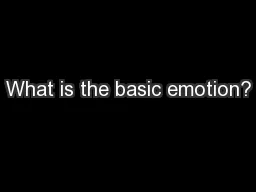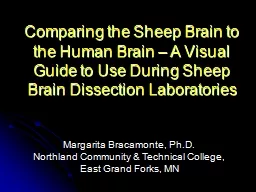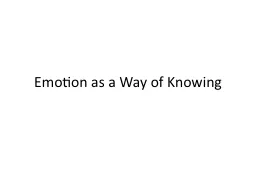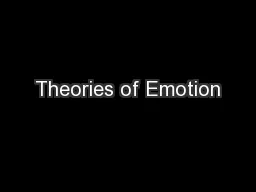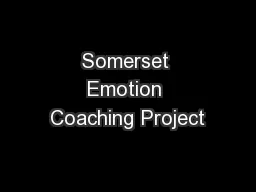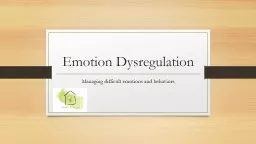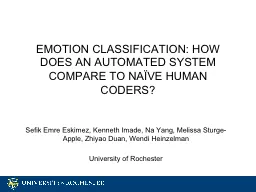PDF-of Emotion Networks in the Human Brain
Author : nicole | Published Date : 2021-09-28
1Causal Mapping Framework and Initial FindingsJulienDubois14HiroyukiOya5 JMichaelTyszka2 MatthewHowardIII5 FrederickEberhardt1 and RalphAdolphs1231Divisionof Humanities
Presentation Embed Code
Download Presentation
Download Presentation The PPT/PDF document "of Emotion Networks in the Human Brain" is the property of its rightful owner. Permission is granted to download and print the materials on this website for personal, non-commercial use only, and to display it on your personal computer provided you do not modify the materials and that you retain all copyright notices contained in the materials. By downloading content from our website, you accept the terms of this agreement.
of Emotion Networks in the Human Brain: Transcript
Download Rules Of Document
"of Emotion Networks in the Human Brain"The content belongs to its owner. You may download and print it for personal use, without modification, and keep all copyright notices. By downloading, you agree to these terms.
Related Documents

